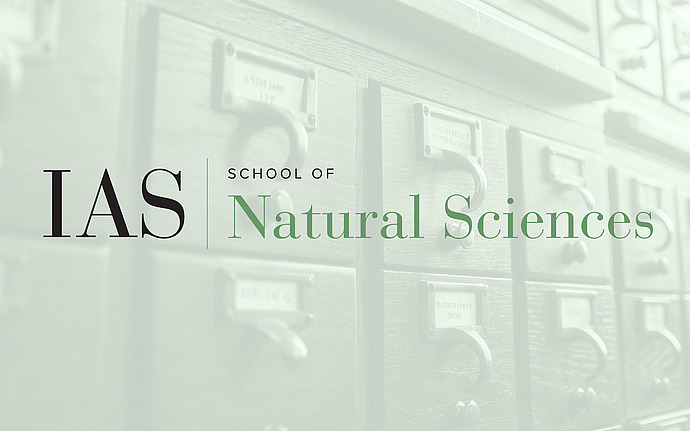
Princeton University Thunch Talk
Galactic Archeology with Brown Dwarfs & Very Low-Mass Stars
The structure, formation and evolution of the Milky Way has been largely probed with FGK main stars via wide-field spectroscopic, photometric, and astrometric surveys (e.g 2MASS, WISE, SDSS, LAMOST, GALAH, Gaia). These studies have revealed that our Galaxy is a dynamic, ever-evolving system with kinematically distinct disk, halo, and bulge structures. Additionally, the discoveries of stellar streams and other phase-space perturbations in the solar neighborhood reveals the Galactic merger history of our Galaxy (e.g. Gaia-Enceladus) and ongoing interaction with its satellites. Brown dwarfs and very low-mass stars (M<0.1 Msun, Teff< 3000K) provide a new avenue for studying the star formation history and chemical evolution of the Milky Way. These objects constitute over 50% of stars in the Milky Way, have lifetimes far in excess of the age of the Universe, have fully mixed interiors, and are either extremely stable (stars) or evolve continuously (brown dwarfs). Previous studies have focussed on nearby samples (d<100pc) given that these objects are intrinsically faint. Probing thick disk and halo populations requires considerably deeper surveys. I will present the discovery of 231 M7-T9 dwarfs in the WFC3 Infrared Spectroscopic Parallel Survey (WISPS) and the 3D-HST parallels program, spanning distances of 400 pc to 2 kpc. The identification of these sources was facilitated by Machine Learning methods, in particular Random Forest and Deep Neural Network classifiers. I model the spatial distribution of the sample using Monte-Carlo population simulations that incorporate assumptions about the stellar mass function, age distribution, brown dwarf evolutionary models, and Galactic structure, and place constraints on galactic scaleheight and population age as a function of spectral type. I will conclude with predictions of the yields of very low mass stars and brown dwarfs in the next generation of deep spectroscopic surveys with the James Webb Space Telescope, the Nancy Grace Roman Telescope, and Euclid.